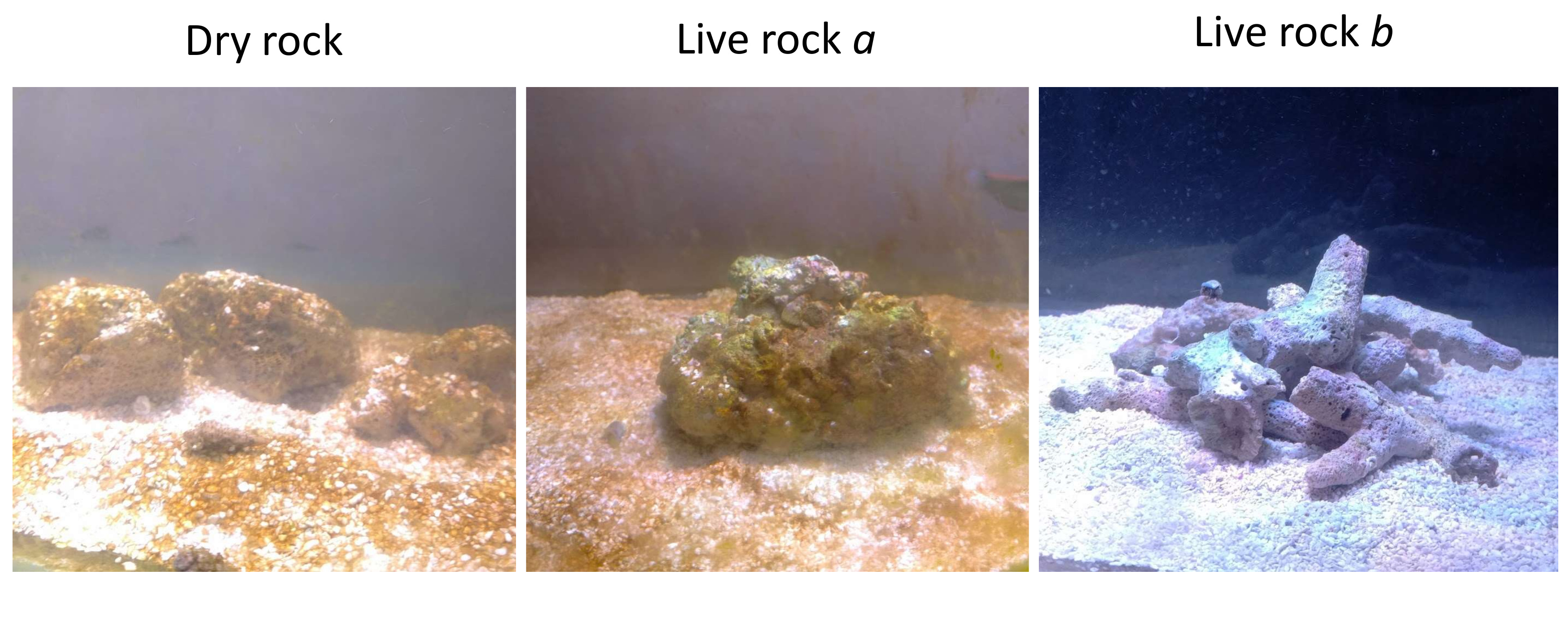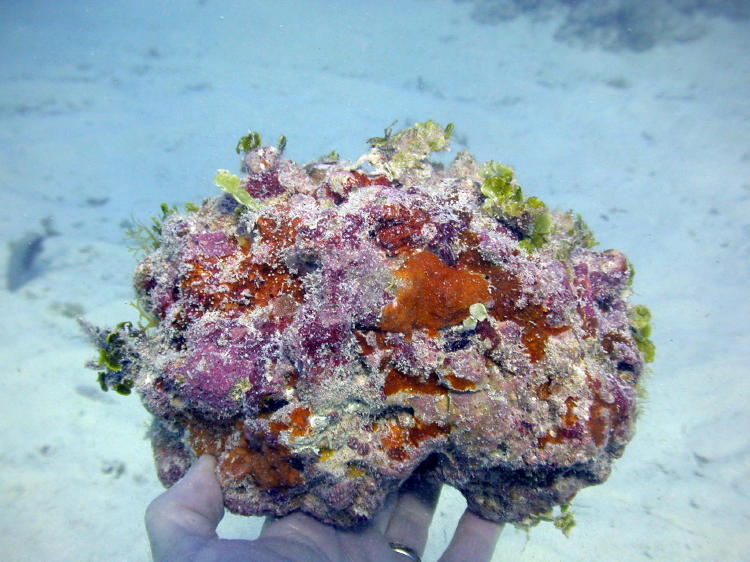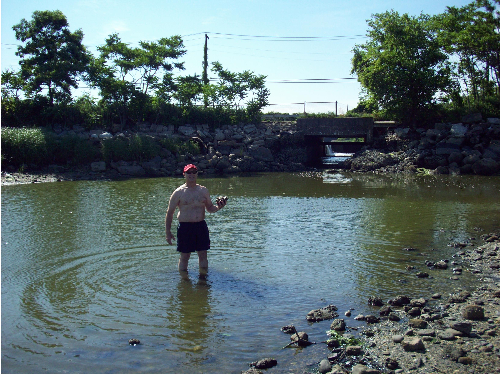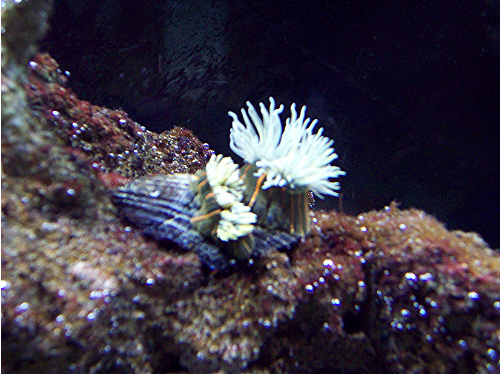Thank you for adding some well thought out hard data to this ongoing debate.
I have always gone to great lengths to start tanks with good live rock from multiple sources. My observations over the years absolutely correlate with your experiment.
One thing I would like to see is data on a tank started with all dry rock and some of the additives like Bio Spira or Dr Tims. Only because this seems to be a very common practice vs. just using dry rock and an ammonia source at startup.
I am looking forward to the upcoming installments on this...
I have always gone to great lengths to start tanks with good live rock from multiple sources. My observations over the years absolutely correlate with your experiment.
One thing I would like to see is data on a tank started with all dry rock and some of the additives like Bio Spira or Dr Tims. Only because this seems to be a very common practice vs. just using dry rock and an ammonia source at startup.
I am looking forward to the upcoming installments on this...




















